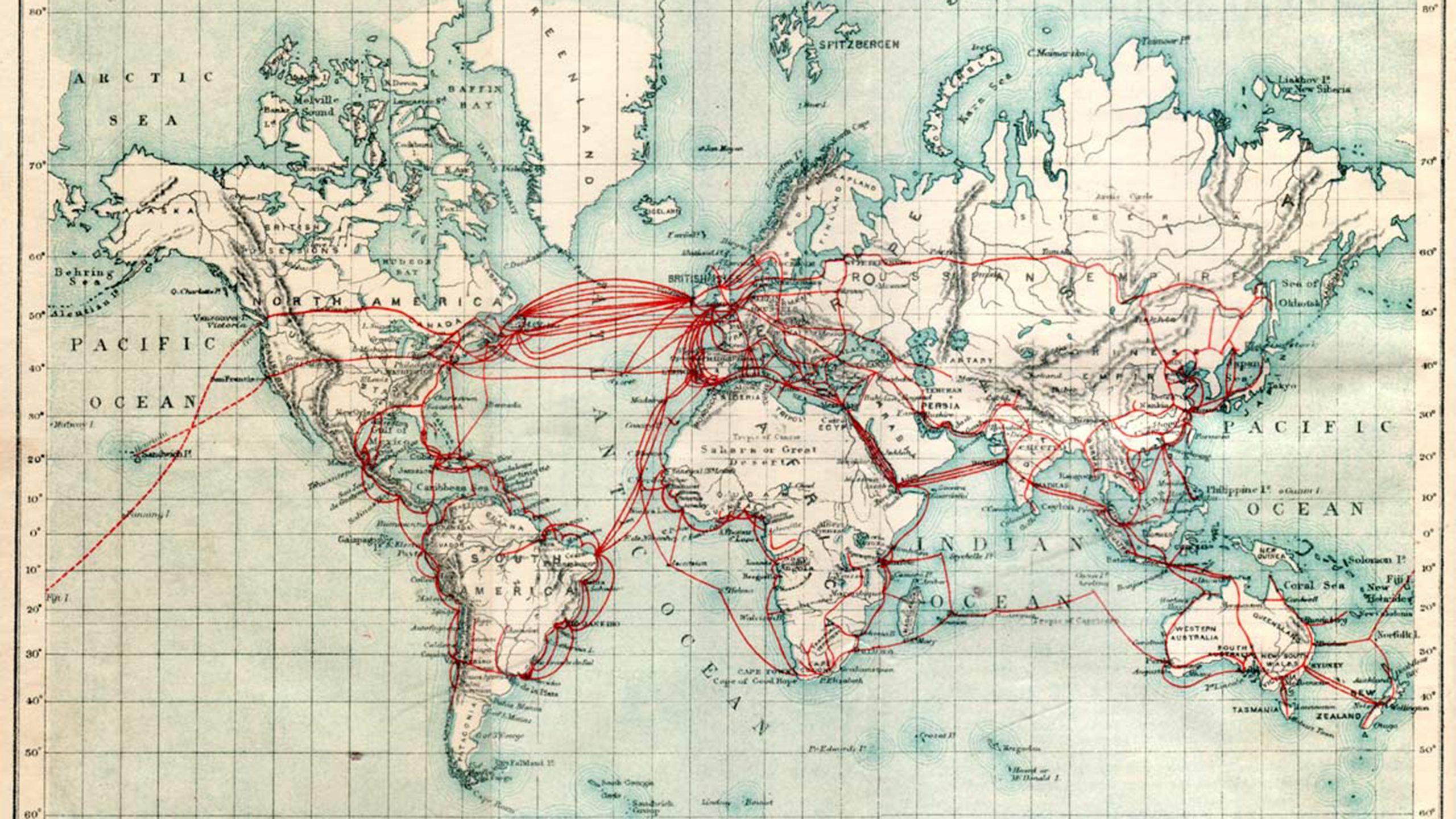
China’s Digital Silk Road: An ambitious plan to challenge US tech supemacy
China has been developing its Digital Silk Road (DSR) initiative which aims to build a worldwide digital infrastructure. By 2018 China had already spent $79 billion on projects in various countries across the world. This is significant for many reasons.
First, this could lead to the widespread adoption of Chinese technological standards reducing the global influence of U.S. big tech which was worth a whopping $2 trillion or 9.3% of total GDP for the U.S. in 2022. Though the U.S. has initiatives such as the Partnership for Global Infrastructure and Investment (PGI) and USAID’s Digital Invest program, the funding is not nearly as significant as China’s DSR initiative.
Secondly, the widespread adoption of Chinese technology raises concerns about cybersecurity, data privacy, and espionage given the close ties between Chinese big tech and the government.
If that weren’t enough, China’s success in the DSR could lead to a shift in global digital governance with China playing a more prominent role in digital policies and regulations. In other words, China would be able to set the rules of the road.
Such implications underscore the importance of the U.S. continuing to invest and promote its own digital infrastructure and technology initiatives to maintain its global influence.
Today, U.S. big tech products and services are ubiquitous in all parts of the world from Google’s Gmail to Microsoft’s Windows operating system – American tech brands are in nearly every house on the planet. However, our current state of technological supremacy shouldn’t be taken for granted.
You can read more about the US-China tech rivalry and its implications here.


![[Video] BRICS: An enemy of the West?](http://vanjordan.com/wp-content/uploads/2024/10/Brics-logo-660x470.jpg)